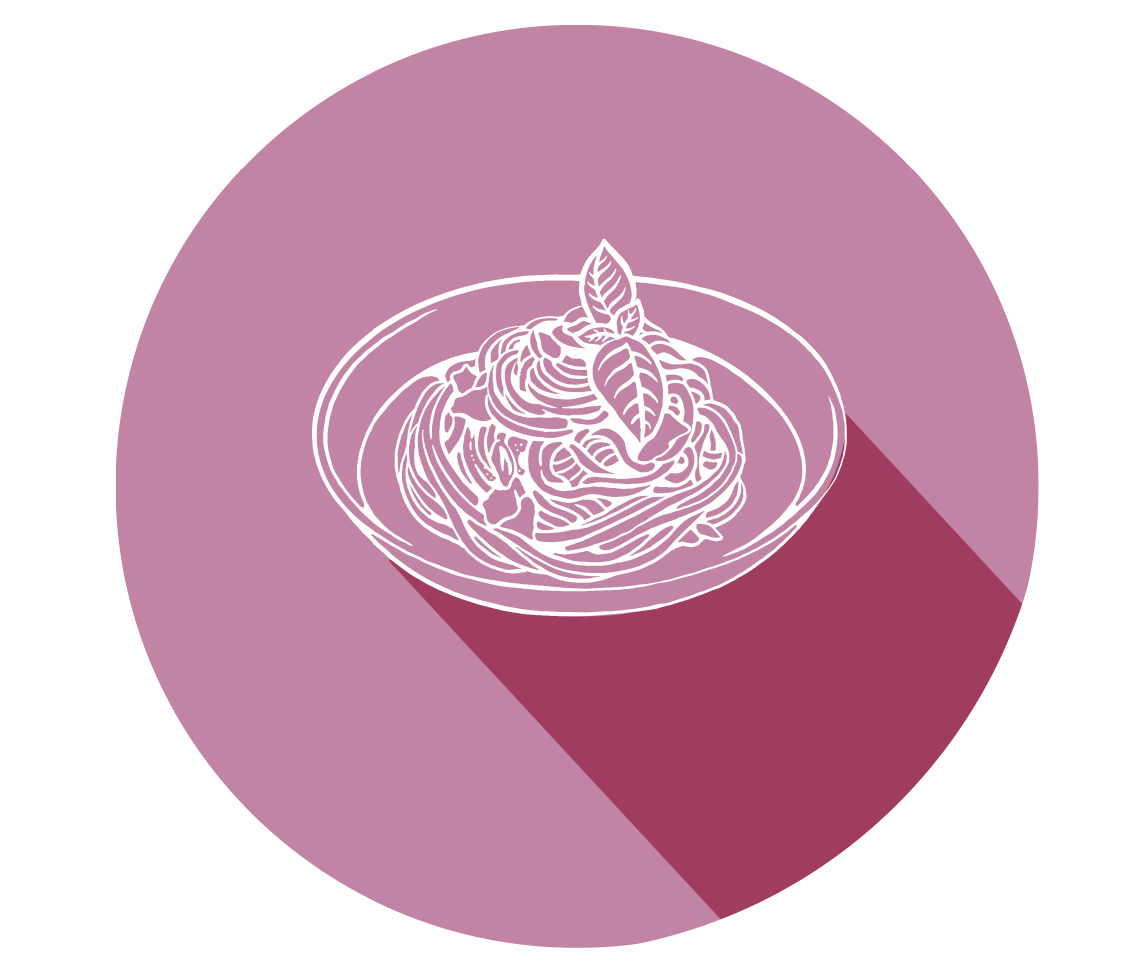Visual stimulation plays a key part in how we experience food. Have you ever wondered why so many fast food restaurants use red in their color schemes? It is not a coincidence. It is science. Color is omnipresent in marketing, and for roughly 85% of people, color is a big factor in their decision-making process on whether to purchase or ignore a product.
From McDonald’s to KFC, the dominance of red in the designs of food establishments is not just about aesthetics. It is a clever psychological strategy. Studies reveal that ambient color plays a powerful role in shaping our decisions, especially in food settings. Red is a standout because compared to most other colors, it is highly influential.
In this article, we will dive into why red holds such influence over food preferences, unpack the psychology behind it, and share actionable tips for marketers and business owners looking to put this knowledge to work.
Posted in Archive, Strategy
published on Monday, 27 January 2025

Presentation matters. How we perceive objects, events, and people has a direct impact on our thoughts, feelings, and motivations toward them. Neuromarketing, also known as consumer neuroscience, examines how the human brain processes stimuli and uses that information to make a decision. With the right stimuli, consumers can, ideally, be encouraged to make decisions about products and services.
When it comes to food, people eat with their eyes first. The expectation theory suggests that without even tasting a dish, we are able to anticipate how it would taste based on how it looks. That anticipation plays a key role in how well the dining experience will turn out.
Since food is a multi-billion dollar industry across the globe, it’s worth looking into the impact of plating and portion sizing on consumer behavior. The accomplishments of successful food establishments are not only a result of delicious food and impeccable service. Experts agree that a good, holistic dining experience is key to attracting and clientele.
Posted in Research, Archive
published on Tuesday, 03 December 2024

Introduction
Today, more and more retail companies are recognizing the need to create the ultimate customer experience in-store. Neuromarketing research has made considerable ground in investigating how customers behave and make purchase decisions based on their experiences. Notwithstanding biases from cultural factors, physiological states, and spending power, results from neuromarketing consumer research have given indications of what elements are likely to stimulate positive thoughts and behavior among consumers. Coffee shops all over the world are some of those that have gained from such studies.
The business of coffee is a multi-billion dollar industry all around the world. Both international brands and local brands have thrived in their own spaces and communities. Experts agree that it’s more than just the beans and the brews that bring in customers and grow loyal patronage. It’s a combination of different factors including the store atmosphere, employee service, drink quality, pricing, and past experiences that delight customers and keep them coming for more.
Posted in Archive, Strategy
published on Tuesday, 27 August 2024
The psychology of sound and the way it influences consumer behavior has been studied for many decades. As a marketer, you can greatly benefit from understanding how you can use sound to positively impact your brand image and sales revenues. Scientific evidence is available to help you gain insight into how customers react to particular stimuli. With such valuable information, you can get into your customers’ heads and formulate more effective strategies that resonate with their motivations and preferences.
Posted in Archive, Conversion
published on Wednesday, 19 June 2024





